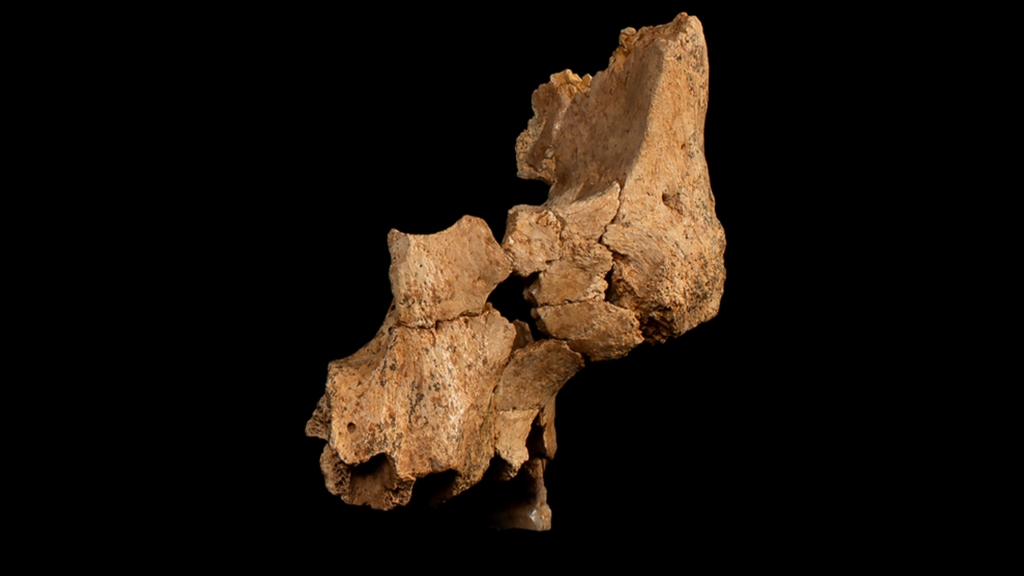A groundbreaking discovery has emerged from Northern Spain, with archaeologists announcing that a fragment of a human ancestor’s face is the oldest known specimen in Western Europe. Published in the esteemed journal *Nature*, this finding sheds light on our understanding of early human migrations and interactions across the continent. The incomplete skull fragment, comprised of a left cheekbone and upper jaw, was unearthed in 2022 and has been dated to between 1.1 million and 1.4 million years old by researchers.
The implications of this discovery are significant, as it offers new insights into the early inhabitants of Western Europe during the Early Pleistocene epoch. Prior to this, much of the fossil record in the region was limited to the Iberian Peninsula, leaving gaps in our understanding of how and when early humans populated various parts of Europe. As Rick Potts, director of the Smithsonian’s Human Origins Program, pointed out, while older fossils have been found in Georgia, the Spanish specimen is the first clear evidence showing that early human ancestors were venturing into Europe during this crucial period of human evolution.
Nevertheless, Potts cautioned that there is still no evidence to suggest that these early arrivals established long-term settlements in the area, indicating instead that they may have explored different regions before ultimately becoming extinct. The fossil presents features consistent with *Homo erectus*, an early human species that emerged approximately two million years ago and migrated from Africa to various areas in Asia and Europe, with the last known populations disappearing around 100,000 years ago. However, study co-author Rosa Huguet, an archaeologist with the Catalan Institute of Human Paleoecology and Social Evolution, noted that there are anatomical differences which complicate the classification process.
Identifying the exact species to which a fossil belongs can be challenging when only partial remains are available. Christoph Zollikofer, a paleoanthropologist at the University of Zurich who did not partake in the study, emphasized the difficulty associated with classifying fossils based on limited evidence, particularly if there’s only a single fragment present. This point highlights the significance of gathering more extensive fossil evidence to draw definitive conclusions.
The recent find is part of a larger archaeological saga unfolding in Spain’s Atapuerca Mountains, a well-known prehistoric site where researchers have previously uncovered numerous significant fossils, including those of Neanderthals and early *Homo sapiens*. The Atapuerca site continues to be a treasure trove for paleoanthropologists seeking to unravel the complex tapestry of human history, as it has produced clues pointing to the ancient human past.
In summary, the fragment of the face discovered in Northern Spain represents a pivotal find in our understanding of early human ancestors in Western Europe. It opens up a discussion on the migration patterns of early humans, their adaptations, and their interactions with evolving environments. Moving forward, further exploration and excavation at the Atapuerca Mountains, coupled with new dating technologies and analytical methods, will undoubtedly keep shedding light on humanity’s ancient journey and the intriguing story of our origins. As researchers forge ahead, the scientific community waits in anticipation of what further discoveries might unveil about our evolutionary past.
As noted in the report by Bradford Betz, who covers a range of topics for Fox News Digital, the potential implications of this discovery extend well beyond the boundaries of just archaeology, igniting interest among historians, anthropologists, and anyone captivated by the enduring mystery of human evolution and our ancestral narrative.











